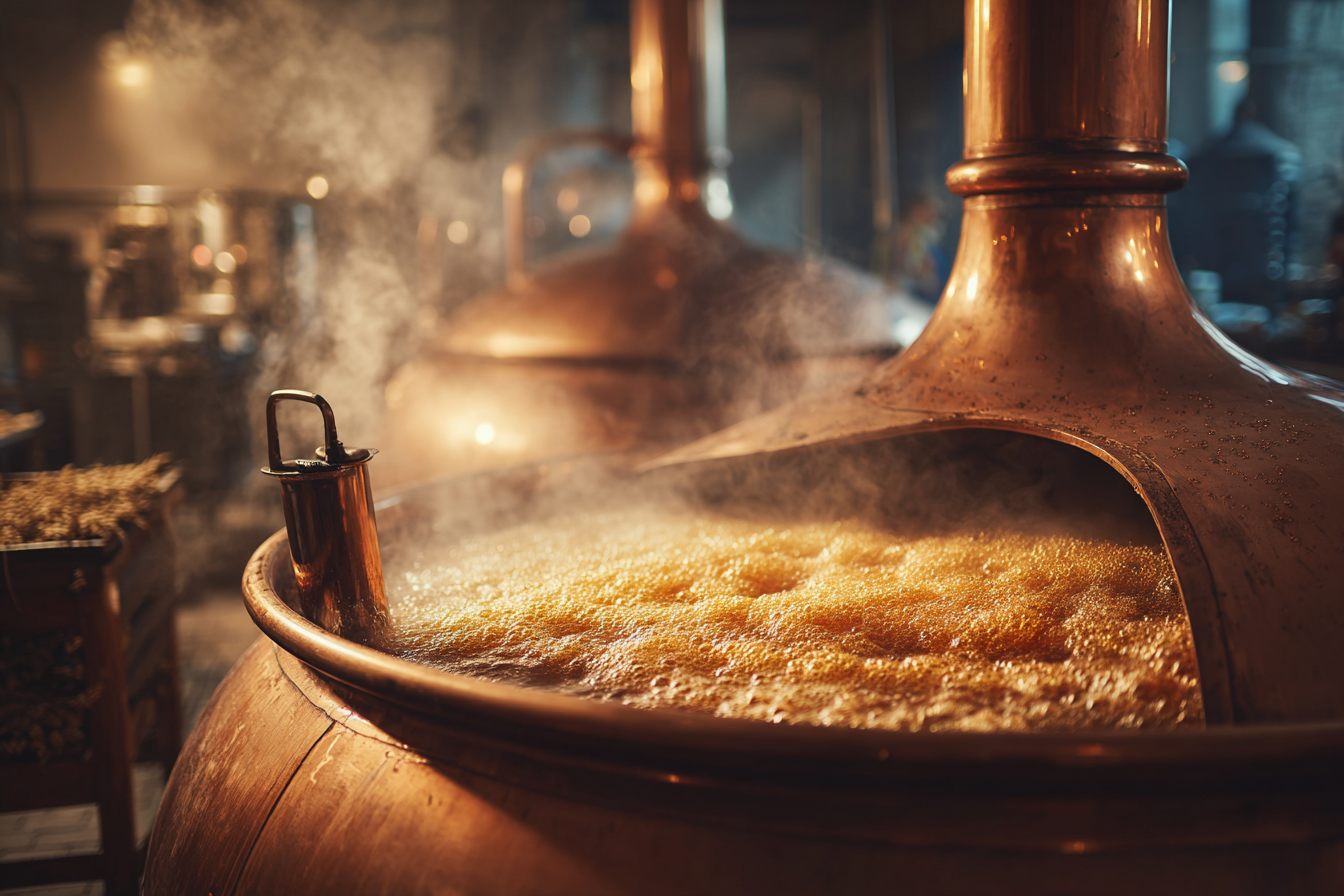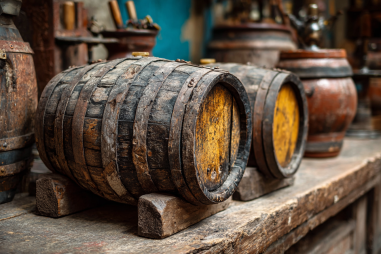Cream Ale, a style that embodies smoothness and subtlety, is a delightful brew that many craft beer enthusiasts appreciate for its clean and approachable profile. Despite its name, Cream Ale doesn’t actually contain cream or dairy; instead, it owes its characteristic silky texture and gentle flavor to a thoughtful brewing process that combines specific ingredients and fermentation techniques. Whether you’re a homebrewer looking to expand your repertoire or simply curious about how this classic American style comes together, this step-by-step guide will walk you through the intricacies of the Cream Ale brewing process.
Introduction to Cream Ale Brewing
Cream Ale originated in the United States during the 19th century as brewers sought to compete with the growing popularity of lager beers. It’s classified as an American light ale featuring a pale golden color, mild malt sweetness, and low hop bitterness. What makes Cream Ale unique is the hybrid approach brewers use, often fermenting the beer with ale yeast but employing lager-like conditioning and sometimes incorporating corn or adjunct grains to create a lighter body and smooth finish.
The result is a refreshing, easy-drinking beer with a creamy mouthfeel—perfect for warm weather or anytime you want a sessionable brew that doesn’t overwhelm the palate. Understanding how each step contributes to these qualities is essential to mastering the brewing process.
Ingredients Used in Cream Ale
The foundation of any great Cream Ale lies in the careful selection of ingredients. While recipes can vary slightly, the core components usually include:
- Malt: A base of pale malt (such as 2-row) provides the majority of fermentable sugars and a clean malt backbone. Many brewers add adjunct grains like flaked corn or flaked barley to lighten the body and contribute subtle sweetness without adding excessive malt flavor.
- Hops: Noble or American hops with mild bitterness and floral or spicy notes are typically used. Popular choices include Cluster, Willamette, or Mt. Hood hops, aiming for a balanced but restrained hop presence so the malt character shines through.
- Yeast: Ale yeast strains known for clean, neutral fermentation profiles are preferred. American ale yeast or yeast strains specifically labeled for Cream Ale may be used to minimize fruity esters and produce a crisp finish.
- Additives: Some brewers add a small amount of corn syrup or sugar to boost fermentable sugars without creating heaviness. This enhances drinkability and helps achieve the style’s light body.
These ingredients collectively set the stage for the smooth texture and subtle flavors Cream Ale is known for.
Mash and Wort Preparation
The mash process is critical in unlocking fermentable sugars from the malt and adjunct grains. For Cream Ale, a moderate mash temperature—typically around 148-152°F (64-67°C)—is employed to create a slightly thinner wort with adequate fermentability but a touch of residual sweetness.
Here’s a typical approach:
- Grind malt and adjunct grains to ensure good conversion without excessive husk damage.
- Mash in at your chosen temperature and hold for about 60 minutes to allow enzymes to break down starches effectively.
- Perform a mash-out by raising temperature to around 168°F (76°C) to stop enzymatic activity.
- Run off wort carefully, collecting the sweet liquid that will become your beer.
After mashing, a standard sparging process rinses remaining sugars from the grains. The resulting wort is usually light in color and gravity, aiming for an original gravity (OG) that typically ranges from 1.044 to 1.056, setting the stage for a moderate alcohol level around 4.5-5.5% ABV.
Fermentation Techniques for Cream Ale
Fermentation is where the magic of Cream Ale truly develops. Although it is classified as an ale, many brewers treat its fermentation similarly to a lager by doing the following:
- Use a clean, neutral ale yeast strain that produces minimal esters and phenolics, helping maintain the beer’s crisp profile.
- Ferment at cooler ale temperatures (between 60-68°F / 15-20°C) to reduce fruity flavors.
- Allow fermentation to complete fully, usually within 7-10 days.
- Optionally, conduct a secondary fermentation or cold crash at near-lager temperatures (around 35-40°F / 2-4°C) for 1-2 weeks to enhance clarity and smoothness.
This approach preserves the ale characteristics while cutting down on excess flavors, contributing to the characteristic clean and creamy profile.
Conditioning and Carbonation
Conditioning is crucial for developing the final mouthfeel and flavor of Cream Ale. Many brewers opt for cold conditioning, which involves storing the beer at low temperatures to let flavors mellow and unwanted compounds settle out.
Carbonation level is also key: Cream Ale is typically carbonated to moderate levels, around 2.3 to 2.8 volumes of CO2, giving the beer a lively but smooth effervescence that enhances drinkability without being overly fizzy.
You can achieve this through:
- Natural conditioning: Adding priming sugar at bottling and allowing a secondary fermentation in the bottle.
- Forced carbonation: Using CO2 tanks if you’re kegging your brew.
Proper conditioning helps lock in the smooth texture that Cream Ale enthusiasts love.
Tips for Achieving That Smooth Creaminess
Getting that signature smooth and creamy texture involves care and attention throughout the brewing process. Here are some pro tips to help you nail it:
- Adjunct usage: Incorporating flaked corn, flaked barley, or a small amount of maltodextrin can add body and smoothness without heaviness.
- Yeast handling: Pitch enough healthy yeast and maintain consistent fermentation temperatures to avoid off-flavors.
- Clarification: Use fining agents or cold crash your beer to remove excess proteins and yeast particles, which can affect mouthfeel.
- Water profile: A soft water profile with low mineral content suits Cream Ale best, avoiding harshness in taste.
Attention to these details elevates your Cream Ale, making it silky, balanced, and true to style.
Troubleshooting Common Brewing Issues
Even seasoned brewers encounter obstacles when making Cream Ale. Here are some typical problems and solutions:
- Off-flavors such as diacetyl or buttery notes: Usually caused by premature cooling or yeast stress. Ensure complete fermentation and adequate conditioning time to allow yeast to clean up these compounds.
- Excessive fruitiness or esters: Maintain fermentation temperatures on the cooler side to reduce ester production. Using a clean ale yeast strain helps too.
- Cloudiness: Can result from poor cold crashing or insufficient fining. Extend cold conditioning periods and consider adding Irish moss or gelatin finings during the boil or after fermentation.
- Thin body or watery taste: Adjust your adjunct ratio or mash temperature to retain more body, and consider maltodextrin to increase mouthfeel.
Watching these potential pitfalls helps ensure your brew turns out smooth, clear, and delicious.
Bringing It All Together: Mastering Your Cream Ale Brew
Brewing a Cream Ale is both an art and a science, requiring a delicate balance in ingredient selection, mashing, fermentation, and conditioning. By understanding how each phase impacts the final beer and paying close attention to detail, you can create a cream ale that’s refreshing, smooth, and perfectly crafted.
From choosing the right base malts and adjuncts to maintaining cooler fermentation temperatures and implementing proper conditioning, every step shapes the clean and creamy profile this style is celebrated for. Remember, patience during fermentation and conditioning is just as important as technique. So take your time, enjoy the process, and soon you’ll be raising a glass of your own beautifully crafted Cream Ale.
Whether sipping on your first batch or refining your recipe, this brew style offers a wonderful opportunity to appreciate the subtle complexities behind a seemingly simple beer. Cheers to your brewing success!







